 Plant Nature Study II
Plant Nature Study II
Plant Nature Study II
Plant Nature Study II

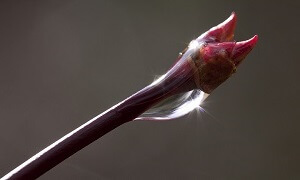

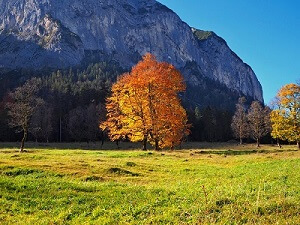
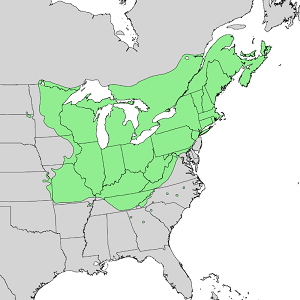
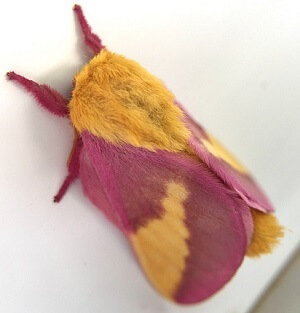
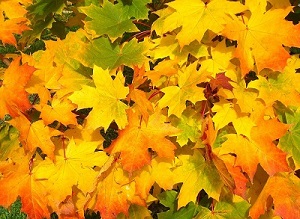
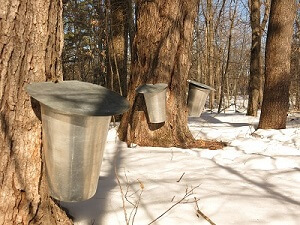
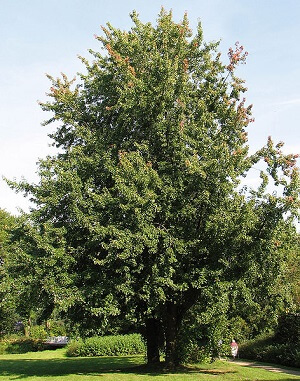
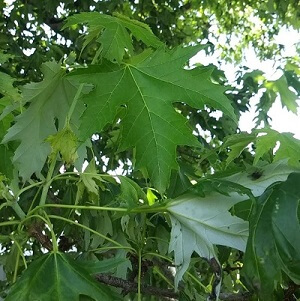
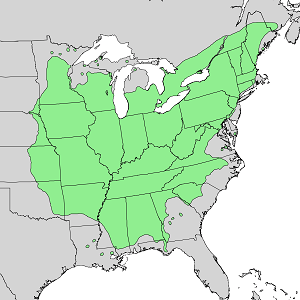
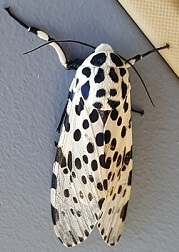
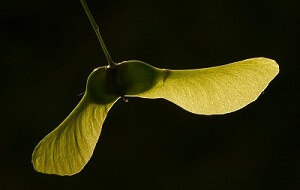
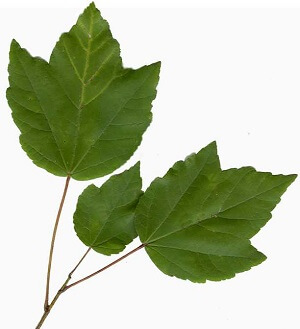
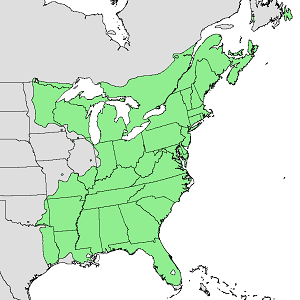
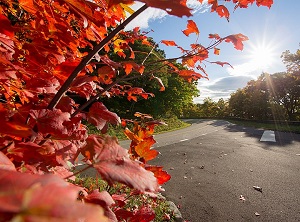
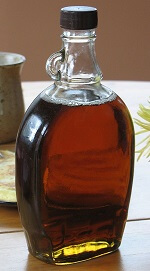
 Plant Nature Study II
Plant Nature Study II
Plant Nature Study II
Plant Nature Study II

Study the lesson for one week.
Over the week:
TAXONOMIC CLASSIFICATION SYSTEM
'Genus' and 'species' are categories within a larger taxonomic hierarchical classification system.
Study the taxonomic classification diagram, arranged from broadest classification (domain) to the most specific classification (species).
On the diagram, each classification encompasses all of the classifications beneath them. So all members of the same species share the same genus, family, order, class, phylum, kingdom, and domain.
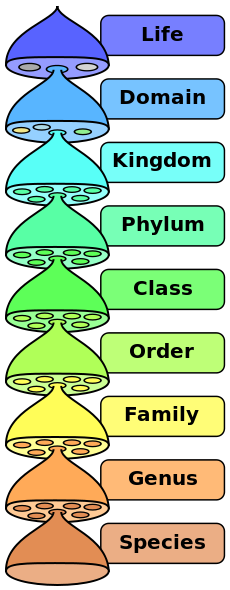
Study the taxonomic classification diagram, which classifies the Red fox (Scientific name Vulpes vulpes) as an example.

To recall the classifications in order, memorize the phrase: Dear King Philip cried out, 'For goodness sake!'
Activity 1: Narrate the Lesson
Activity 2: Study the Lesson Pictures
Activity 3: Identify Taxonomic Classifications
Study the classification diagram to answer the questions.
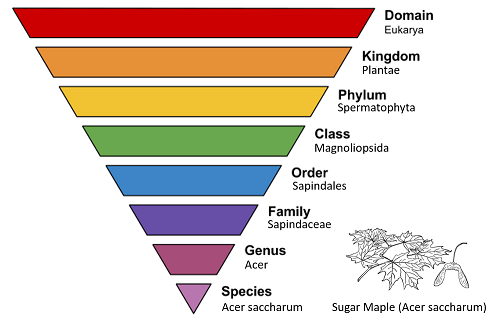
Activity 4: Take a Nature Walk
Activity 5: Complete a Field Book Entry

After your nature walk, complete pages 13-14 in 'Science Field Book for Fourth Grade.'